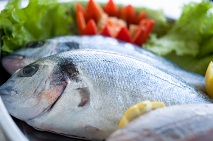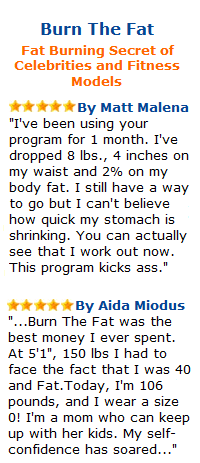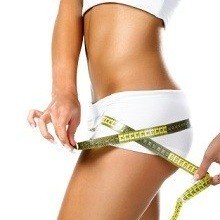Lose Weight
![]() Calories in Food
Calories in Food
![]() Calories in Fish
Calories in Fish
![]() Calories in Sea Bass
Calories in Sea Bass
Calories in Sea Bass Fillets,
Sea Bass Nutrition Facts
How many calories in Sea Bass? See below, the Sea Bass calories for the different serving sizes. We provide you with Sea Bass nutrition facts and the health benefits of Sea Bass to help you lose weight and eat a healthy diet.
Sea Bass have a lovely and very tasty white meat when cooked.
They provide an excellent source of vitamins B1-B3, B5, B6, B12, magnesium, phosphorus, selenium as well as other vitamins and minerals. They are low in fat and provide a good source of protein.

Sea Bass are thought to help protect against cardiovascular diseases as they contain omega-3 fatty acids. Other Sea Bass benefits include lowering our bad cholesterol (LDL) and also our blood pressure.
Compare calories in Sea Bass with the other calories in fish.
Calories in Sea Bass, Mixed Species, Raw
Refuse: 0%Scientific Name: Centropristes striata L. and Lateolabrax japonicus (Cuvier)
| Serving Size | Calories per Serving |
| 100 grams | 97 kcal (406 kJ) |
| 1 fillet, 129 grams | 125 kcal (524 kJ) |
| 3 oz, 85 grams | 82 kcal (345 kJ) |
Sea Bass, Mixed Species, Cooked, Dry Heat
Refuse: 0%| Serving Size | Calories per Serving |
| 100 grams | 124 kcal (519 kJ) |
| 1 fillet, 101 grams | 125 kcal (524 kJ) |
| 3 oz, 85 grams | 105 kcal (441 kJ) |
Sea Bass Nutritional Information
| Nutritional value per 100 g (3.5 oz) | |
|---|---|
| Proximates: | |
| Water | 72.14 g |
| Energy | 519 kJ (124 kcal) |
| Protein | 23.63 g |
| Carbohydrates | 0.00 g |
| Total Fat: | 2.56 g |
| saturated fat | 0.655 g |
| monounsaturated fat | 0.544 g |
| polyunsaturated fat | 0.953 g |
| Cholesterol | 53 mg |
| Minerals: | |
| Calcium, Ca | 13 mg (1.3 %) |
| Iron, Fe | 0.37 mg (2 %) |
| Magnesium, Mg | 30 mg (13 %) |
| Phosphorus, P | 248 mg (25 %) |
| Potassium, K | 328 mg (7 %) |
| Sodium, Na | 87 mg (4 %) |
| Zinc, Zn | 0.52 mg (3 %) |
| Copper, Cu | 0.024 mg (1.2 %) |
| Manganese, Mn | 0.020 mg (1 %) |
| Selenium, Se | 46.8 mcg (67 %) |
| Vitamins: | |
| Thiamine (Vit. B1) | 0.130 mg (9 %) |
| Riboflavin (Vit. B2) | 0.150 mg (9 %) |
| Niacin (Vit. B3) | 1.900 mg (10 %) |
| Pantothenic acid (B5) | 0.870 mg (9 %) |
| Vitamin B6 | 0.460 mg (23 %) |
| Folate (Vit. B9) | 6 mcg (1.5 %) |
| Vitamin B12 | 0.30 mcg (6 %) |
| Vitamin A | 213 IU (4 %) |
| Percentages are relative to US Recommended Daily Intake (RDI) for adults. | |
Author: Lana Soko
You Might Also Like:
Like This Page?
|
Share This Page:
|
Search Our Site:

Free E-Book:
We Recommend:
Looking to get your body into great shape? Get the very best results for your efforts and money! Save your valuable time from surfing the internet. These are theBestselling Weight Loss Programs

Programs that work and have thousands of satisfied customers worldwide!

 |




